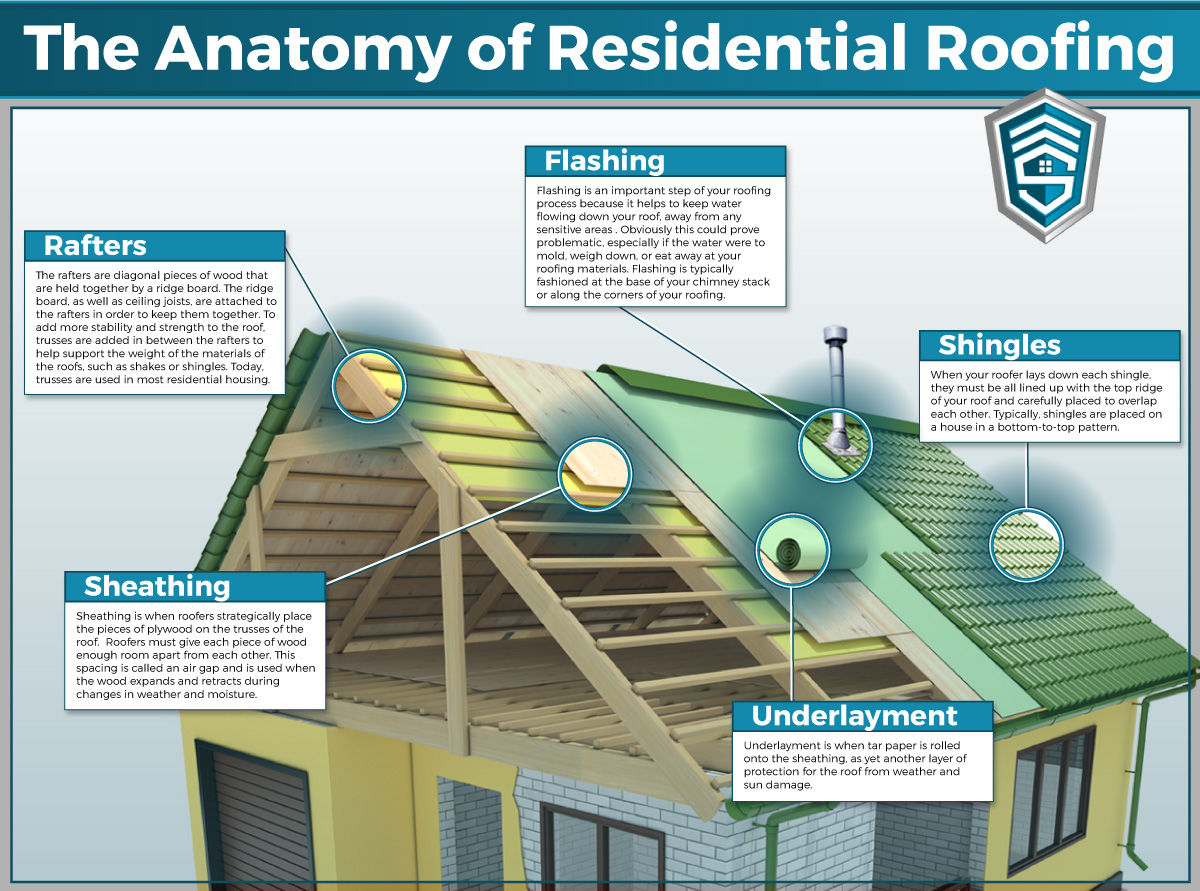Ignoring Roofing System Ventilation Can Result In Pricey Damage; Discover The Key Elements That Assure A Successful Installation And Safeguard Your Financial Investment
Ignoring Roofing System Ventilation Can Result In Pricey Damage; Discover The Key Elements That Assure A Successful Installation And Safeguard Your Financial Investment
Blog Article
Material By-Thorpe Poole
When you're dealing with a roof covering job, you could not think much about roof covering ventilation, yet it's more critical than you realize. Reliable air flow aids manage temperature level and moisture in your attic room, protecting against troubles like mold and mildew and architectural damages. By understanding how to develop and mount a balanced air flow system, you can improve power effectiveness and lengthen the life-span of your roofing products. So, what are the crucial elements to consider throughout setup that can make all the difference?
Value of Roofing Ventilation
Roof ventilation plays a vital role in keeping the general wellness of your home. By permitting fresh air to distribute with your attic room, it helps regulate temperature level and moisture degrees. This balance is vital to avoid warmth build-up during warm months, which can lead to increased energy costs as your cooling burns the midnight oil.
Moreover, proper ventilation significantly minimizes the risk of moisture-related concerns like mold and mildew and mold. If moisture degrees climb, your home's structural honesty can be jeopardized, bring about expensive repairs. You would not intend to take care of decomposing wood or distorted roofing products, right?
Furthermore, adequate air flow prolongs the lifespan of your roofing system. When warmth and dampness are kept in check, your roofing can execute efficiently, avoiding premature wear and tear. This indicates less headaches and expenditures down the line.
How Roofing Ventilation Functions
Effective roofing ventilation counts on the natural movement of air to develop a balance in between intake and exhaust. When you mount vents, you're essentially enabling fresh air to enter your attic room while allowing warm, stale air to escape. This process aids control temperature level and dampness levels, stopping concerns like mold and mildew growth and roofing damage.
Intake vents, typically located at the eaves, attract awesome air from outdoors. Meanwhile, exhaust vents, situated near the ridge of the roofing system, let hot air rise and exit. The distinction in temperature level develops a natural air flow, known as the stack impact. As warm air rises, it produces a vacuum that draws in cooler air from the lower vents.
To maximize this system, you need to ensure that the intake and exhaust vents are correctly sized and placed. If the consumption is restricted, you will not attain the preferred ventilation.
Similarly, inadequate exhaust can trap warm and dampness, bring about prospective damages.
Trick Setup Factors To Consider
When mounting roofing ventilation, a number of essential considerations can make or break your system's effectiveness. Initially, you require to examine your roof's layout. The pitch, form, and materials all affect air flow and air flow selection. Make sure to choose vents that suit your roof type and local climate conditions.
Next, take into consideration the placement of your vents. Ideally, you'll desire a balanced system with consumption and exhaust vents placed for ideal air movement. Location consumption vents short on the roofing system and exhaust vents near the height to encourage a natural circulation of air. This setup assists stop dampness build-up and promotes power efficiency.
Do not ignore insulation. look at this website in your attic room protects against heat from leaving and maintains your home comfortable. Ensure that insulation does not obstruct your vents, as this can hinder airflow.
Finally, consider upkeep. Select ventilation systems that are simple to accessibility for cleaning and inspection. https://www.globenewswire.com/news-release/2020/09/08/2089680/0/en/Global-Roofing-Industry.html guarantees your system continues to work effectively with time.
Final thought
Finally, roof air flow is necessary for a successful installment. By guaranteeing correct airflow, you can protect against warmth buildup and dampness issues that result in pricey damages. When you tactically placement intake and exhaust vents, you boost energy efficiency and lengthen the lifespan of your roof covering. Remember, a well-ventilated roofing not just protects your financial investment yet additionally enhances your interior air top quality. So, prioritize air flow to make certain a durable and cost-efficient roofing system for your home.
